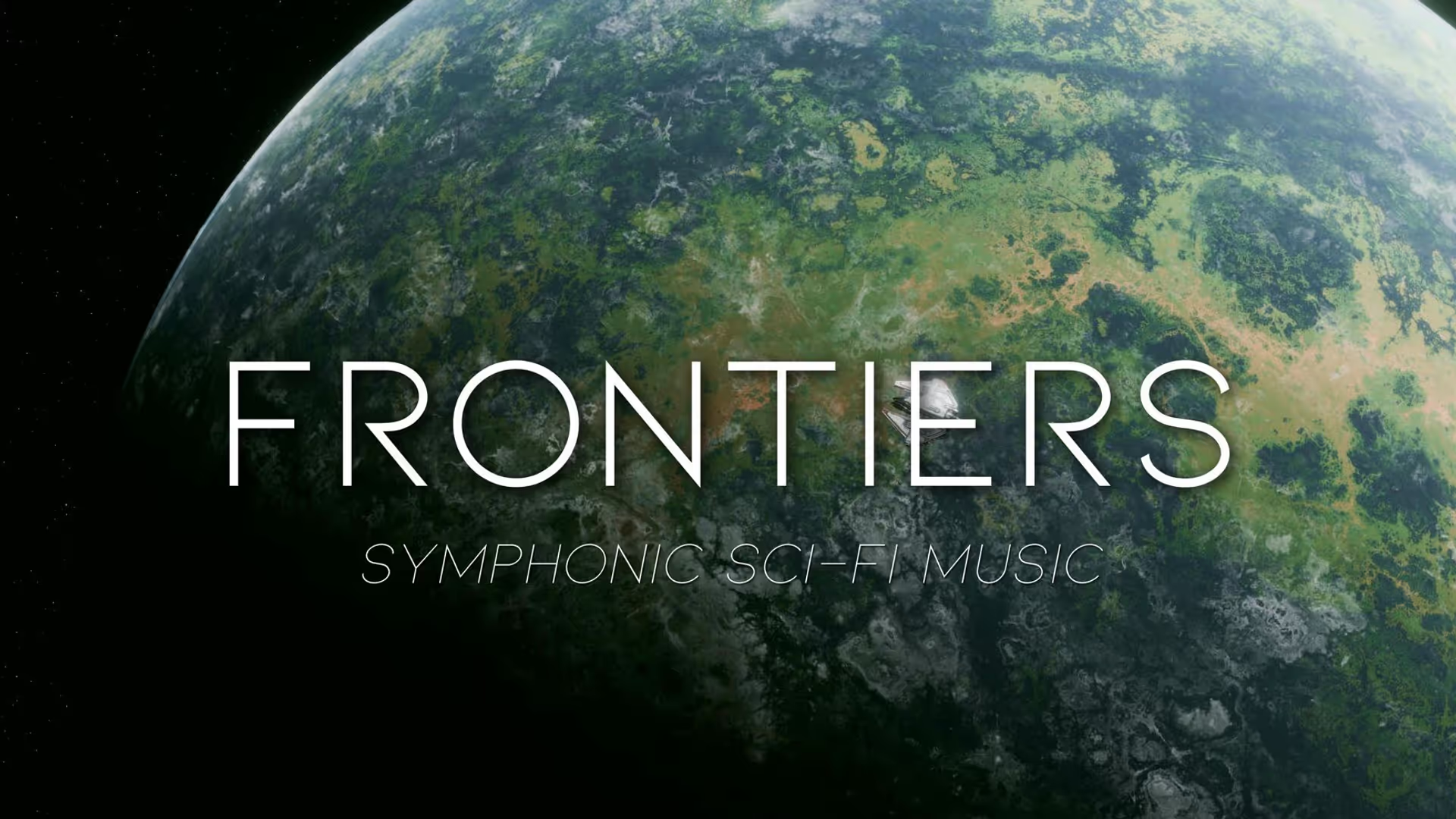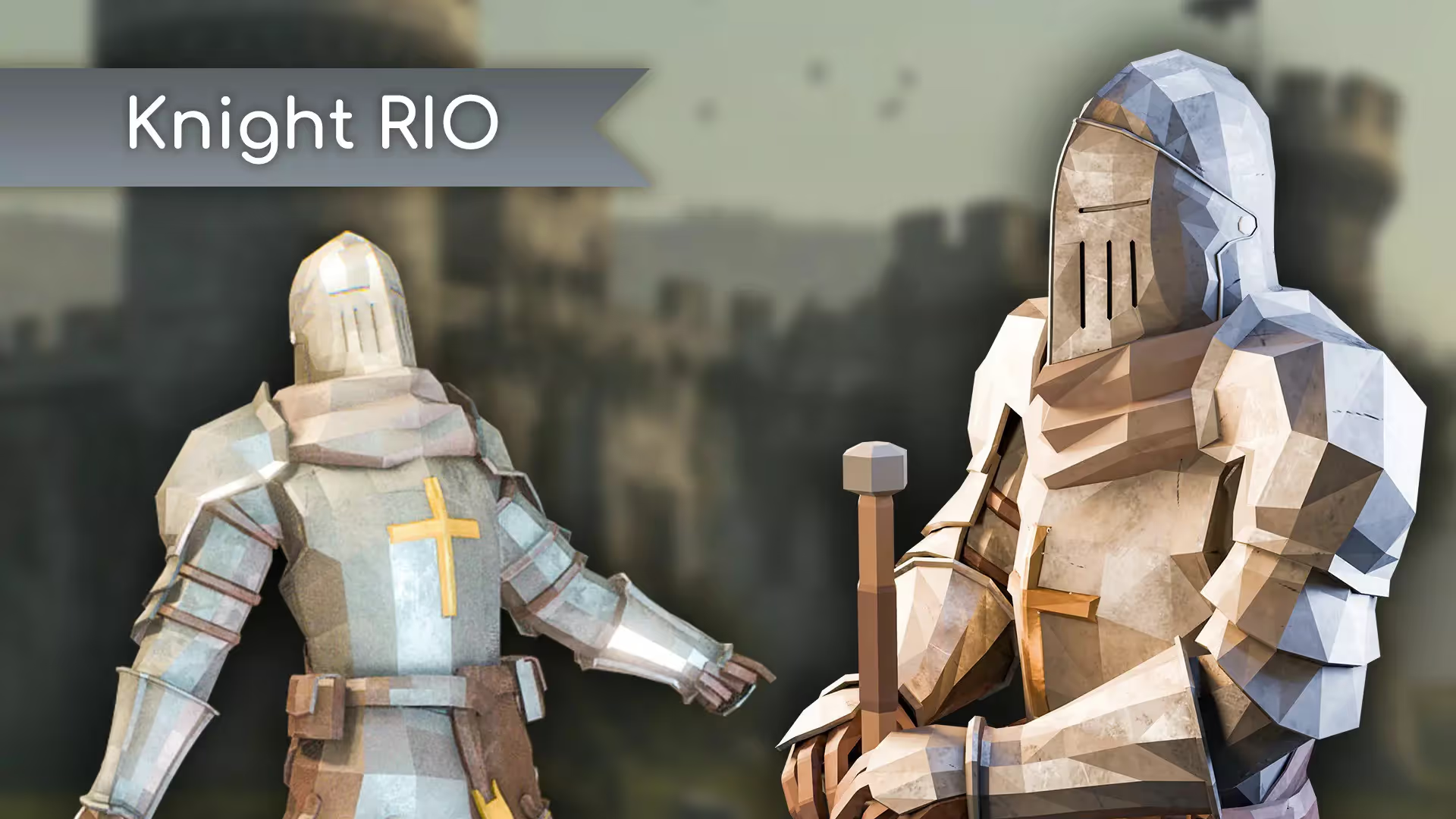Unity Asset Store
Introduction
As a game tools studio, we publish our assets to the Unity Asset Store. Suppose you have yet to become familiar with it. In that case, the Unity asset store is a great place to find tools, models, and materials that can help you make your game faster. The asset store includes tons of assets, including free assets for Unity. Regardless of your budget, there is something to help you out.
This article will cover how to start with the Unity Asset Store. Explain how to download purchased assets. Give an overview of some types of assets that are available in the store. Highlight some popular paid assets. Share with you some of the most popular free assets. And give you some tips on how to navigate the store.
So, let’s get started.
This article is part of a series on getting started with game development and game engines. We recommend you read the series in order, but feel free to jump around.
- What is an Indie Game?
- How to become a self-taught game developer
- The 7 Stages of Game Development
- Indie game programming for complete beginners
- 23+ Game Development Courses and Resources
- How to choose the right game engine
- Unity vs. Unreal
- Unity vs. Godot
- Game development with Unity
- Unity Basics
- Unity Free vs. Pro
- Unity Asset Store
- Best Unity Courses for 2024
Getting Started with Unity Asset Store
You can find the asset store here: https://assetstore.unity.com/
To use the store, you need a Unity account. Unity will prompt you to log in to your Unity account when you check out. So, there is no need to worry about how to create one now.
The asset store includes a home page, categories, a search bar, and filters that make it easy to navigate.
What is the Unity Asset Store?
The Unity asset store is a marketplace where game developers can sell their assets to other game developers. This store includes tons of assets. The most popular categories include 2D and 3D assets. These include models, props, textures, and materials. Another popular category is the Audio category. The Audio section of the store features Sound Effects and Music that you can use in your game. My favorite category is the Shaders and VFX section. This section lets you download dynamic materials, screen effects, and post-processing effects.
Quality Assurance
When a developer submits their package to the Unity asset store, the asset store team spends a few weeks reviewing the submission. This review process guarantees that new assets are up to the standards of the unity asset store team. Based on my analysis, the bar for this review has increased, so assets that Unity approved five years ago would never be approved today. The asset store team chooses which assets to allow onto the platform.
User Reviews
The asset store also provides user reviews. That way, you can know if the asset you will buy is good (or not). Users who buy the asset will leave reviews. These reviews help you to understand how an asset performs and if it will meet your expectations.
Compatibility with Unity
The best part about the Unity asset store is that each asset must be compatible with Unity. You can import everything you download to your project. Suppose you buy a material pack from a 3D Marketplace like CG Trader or Turbosquid. These platforms serve assets that can work with any engine. That can be great if you want something that works with any engine. But if you want it to work with Unity, that adds another step to importing the asset into your project. For example, if you download a 3D model, you must import it into Unity. Importing the model to Unity is one extra step. And you need to test it to ensure it works properly in your project.
Integrated Code Packages
The asset store also sells code packages. These code packages can help you build your game. Developers integrate their packages with the Unity editor or the Unity run time. For example, I integrated Altos, my sky system for Unity, with the engine. For instance, it works with Unity’s wind zones to create realistic rain and cloud motion. And it works with Unity’s rendering stack to overhaul the engine’s graphics. These types of Assets are only available on the Unity Asset Store.
Why use the Unity Asset Store?
As a game developer, you must choose where you spend your time. Building a game is a ton of work. If you have an ambitious project, you can only make part of it yourself. So, invest in pre-built models, textures, and tools to build your game.
For example, you might be great at gameplay programming but could be better at 3D modeling. You can use the Unity Asset Store to download 3D model kits. These kits include hundreds of 3D models that look great together. Using the Asset Store empowers you to spend your time doing what you do best. Instead of spending hundreds of hours learning how to 3D model, you can focus on gameplay programming. That’s a huge win.
How to download an asset from the Unity Asset Store
Let’s fast forward. You’ve spent some time browsing the asset store. You picked out the perfect asset for your game. What’s next? Now, you need to buy it and import it to your project.
To buy an asset:
- Click Add to Cart
- Check out
To import it to your project:
- Open the package manager in your menu bar. Click Window > Package Manager
- Select the packages to drop down,
- choose my assets.
- Look for your new asset in your My Assets tab of the Unity package manager.
- Click on that asset and then click import to bring it into your project.
Best Practices
I have best practices to help you stay organized. You should create a folder where you keep all your downloaded assets. Name it “Vendor.” When you download an asset, remove any files you don’t need. Then, import the rest to your Vendor folder.
Asset Categories on the Unity Asset Store
The Unity asset store includes a wide variety of Different types of assets. It includes 3D models, audio packages, AI packages, game templates, editor tools, visual effects, and shaders.
Conclusion
In conclusion, the Unity Asset Store is a treasure trove of resources for game developers. If you are new to game development, the asset store can help you get started. If you are an experienced game developer, you can take your projects to the next level.
In this article, we’ve covered the basics of getting started with the Unity Asset Store. You should be familiar with its purpose and how it functions. And you should have some idea of how it could benefit your game.
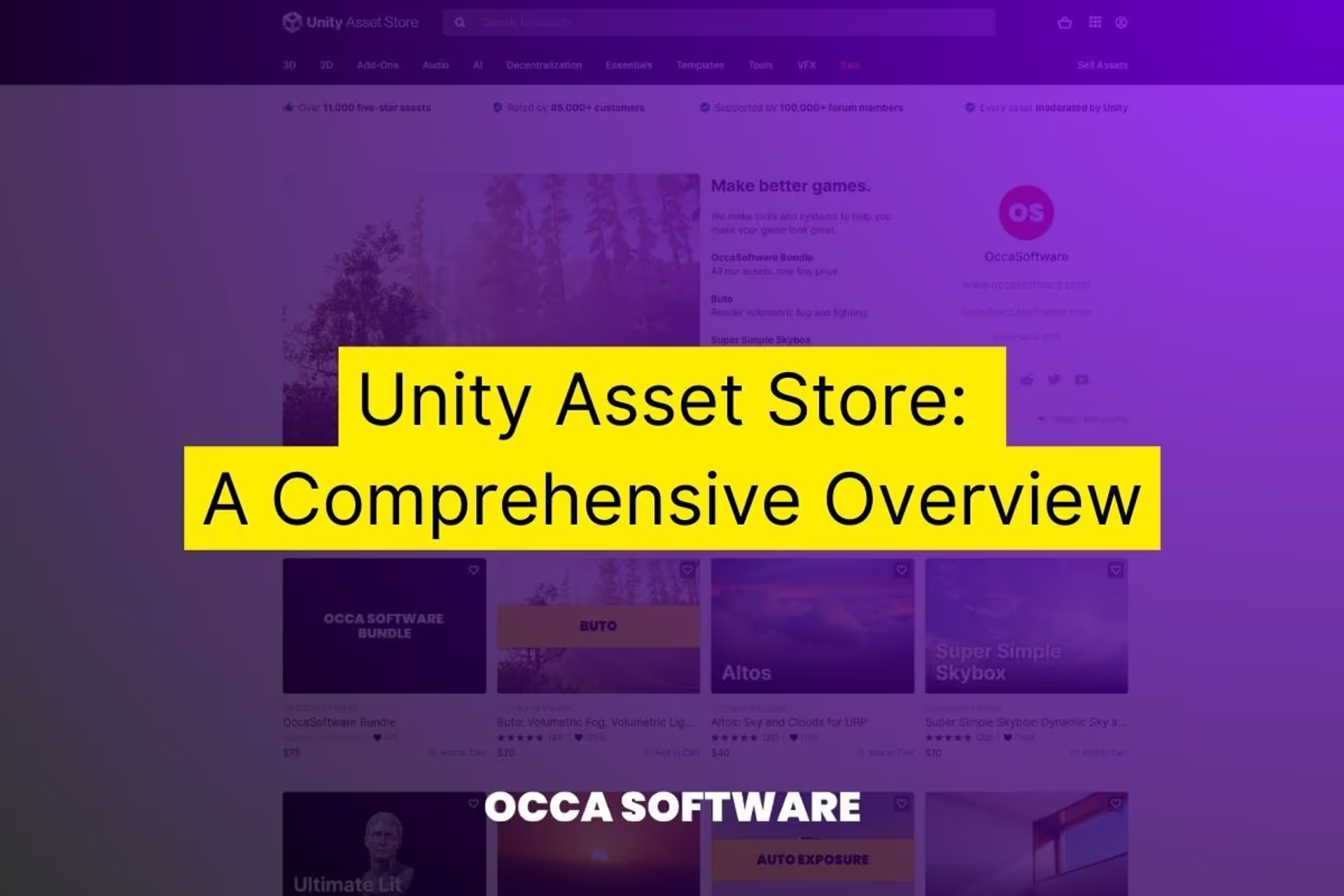
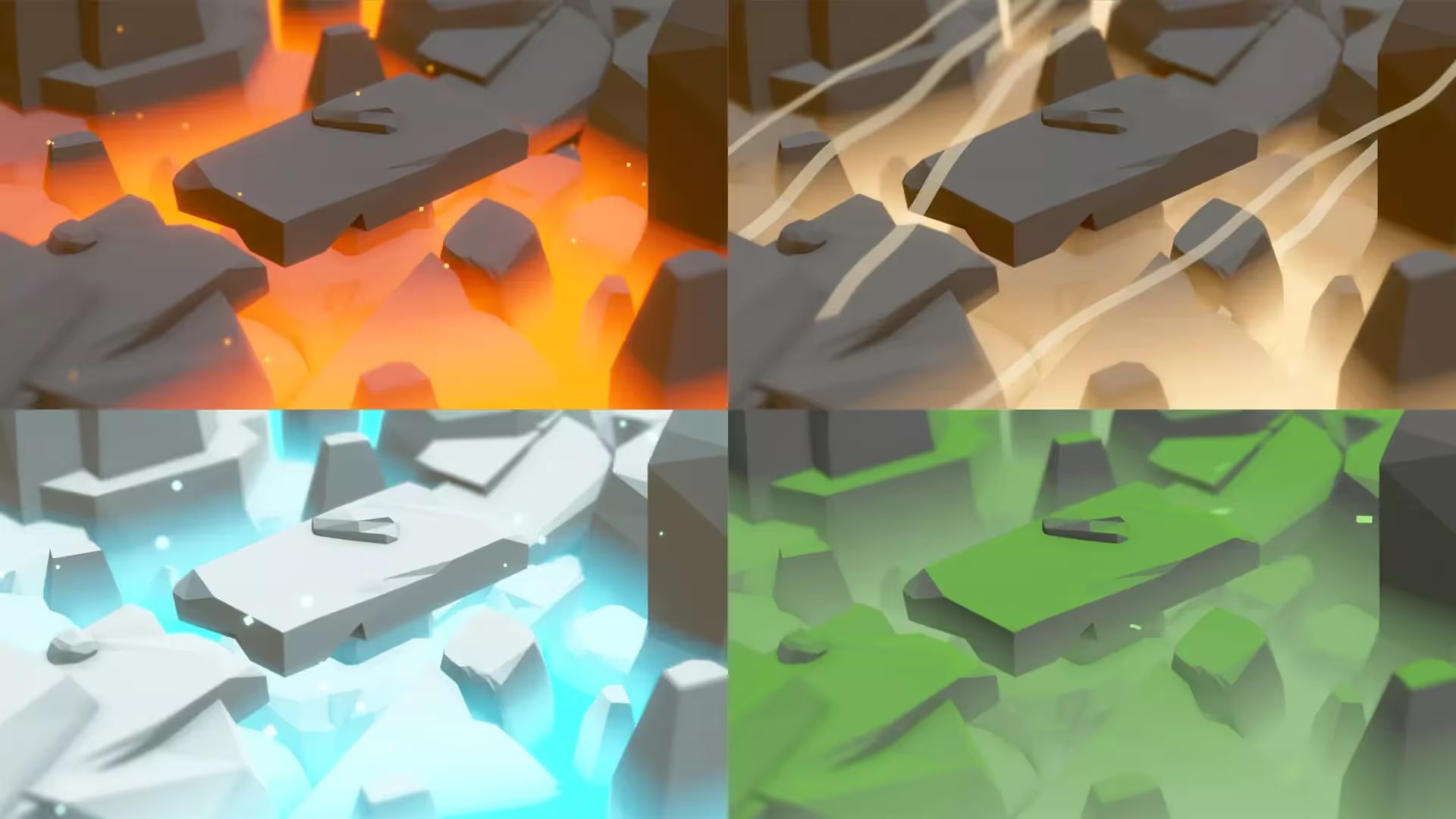
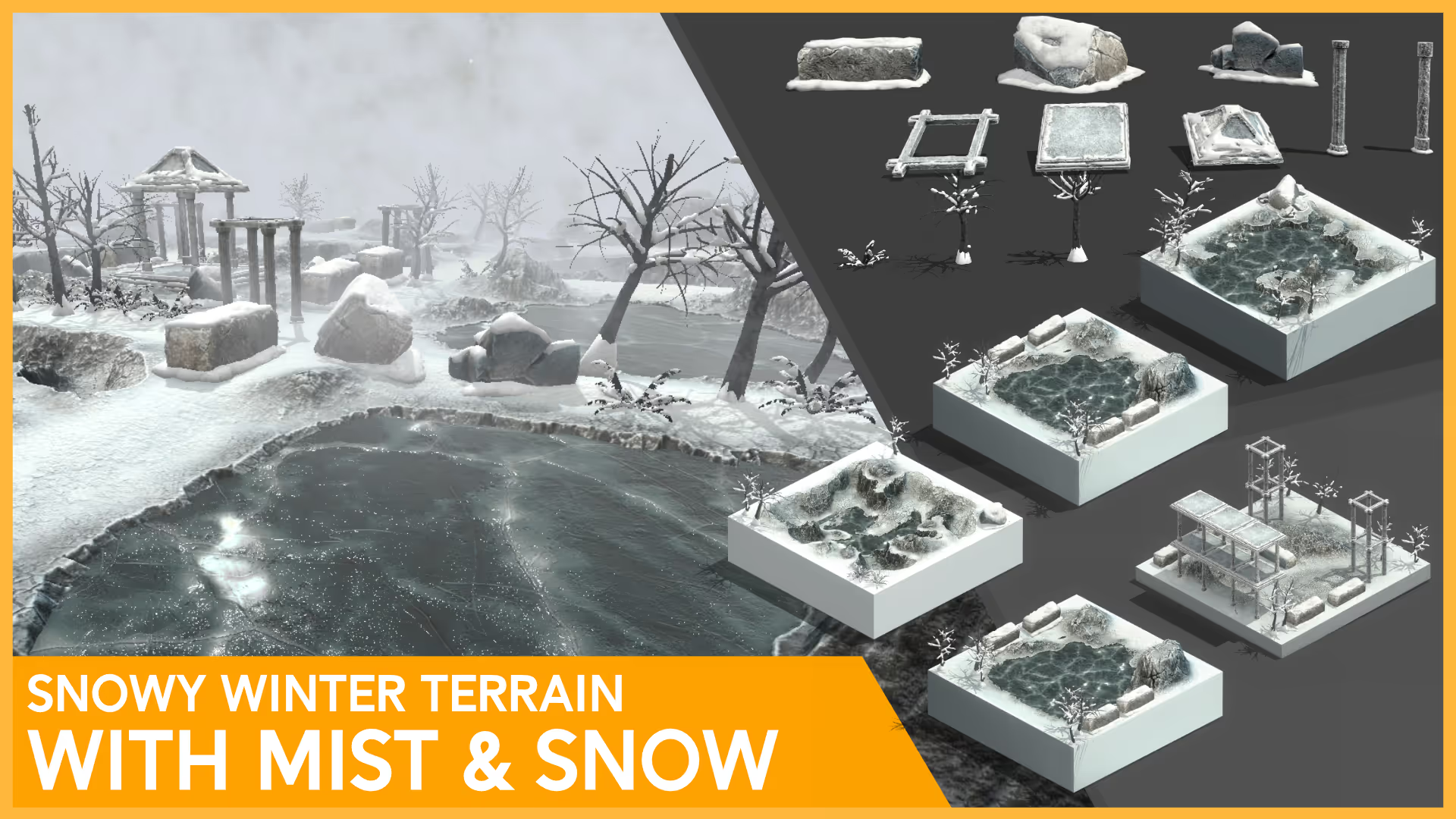
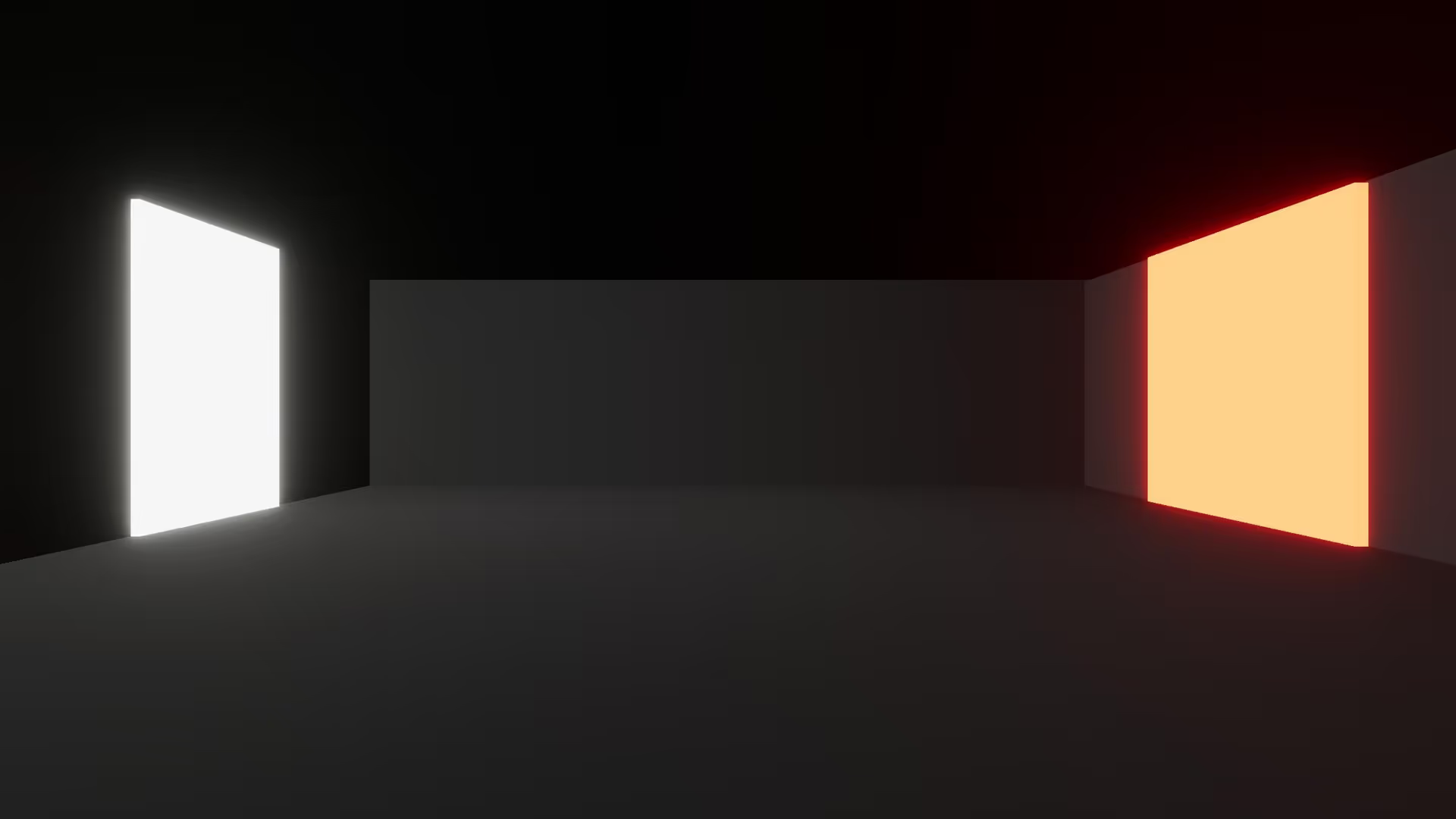

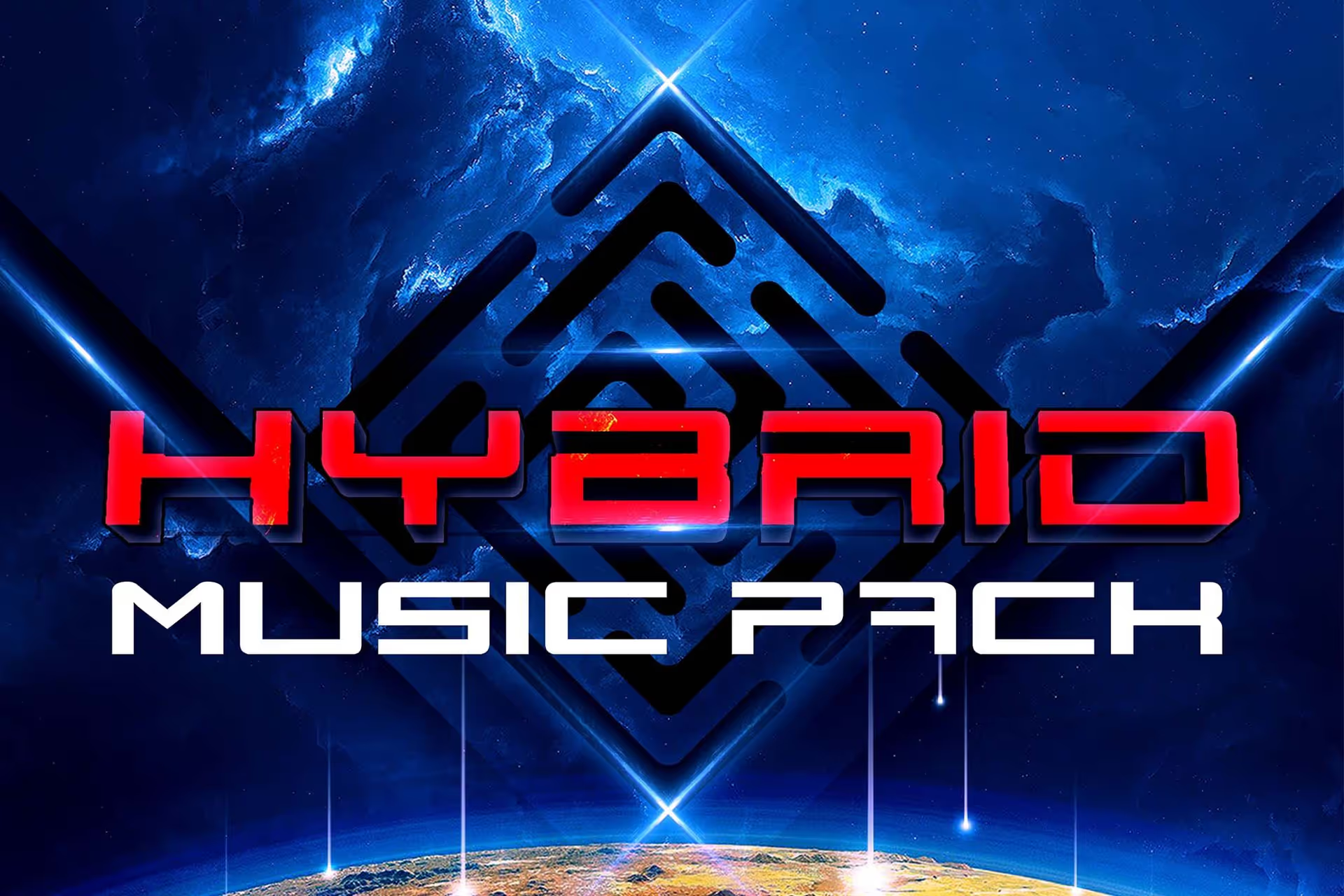
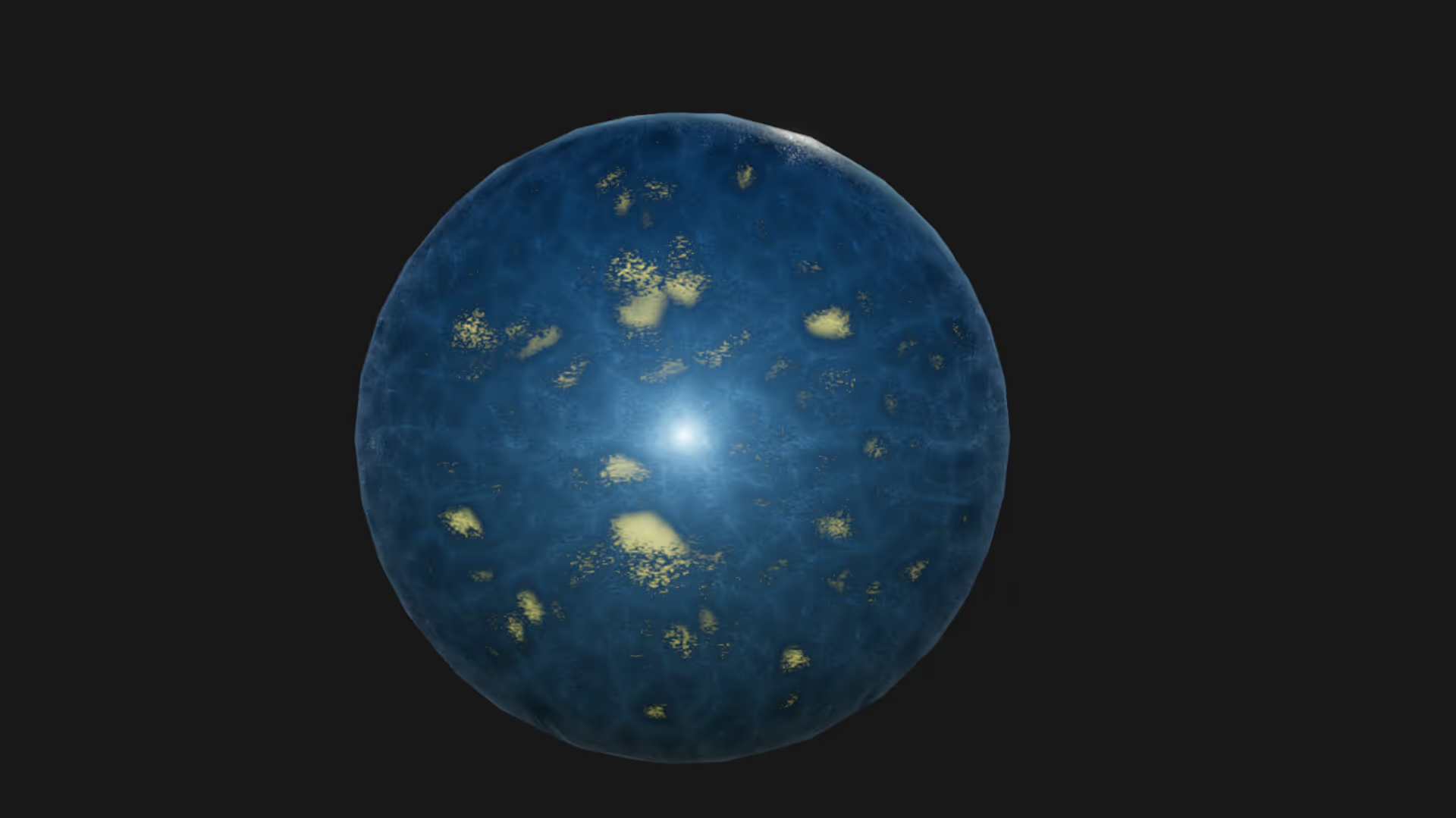
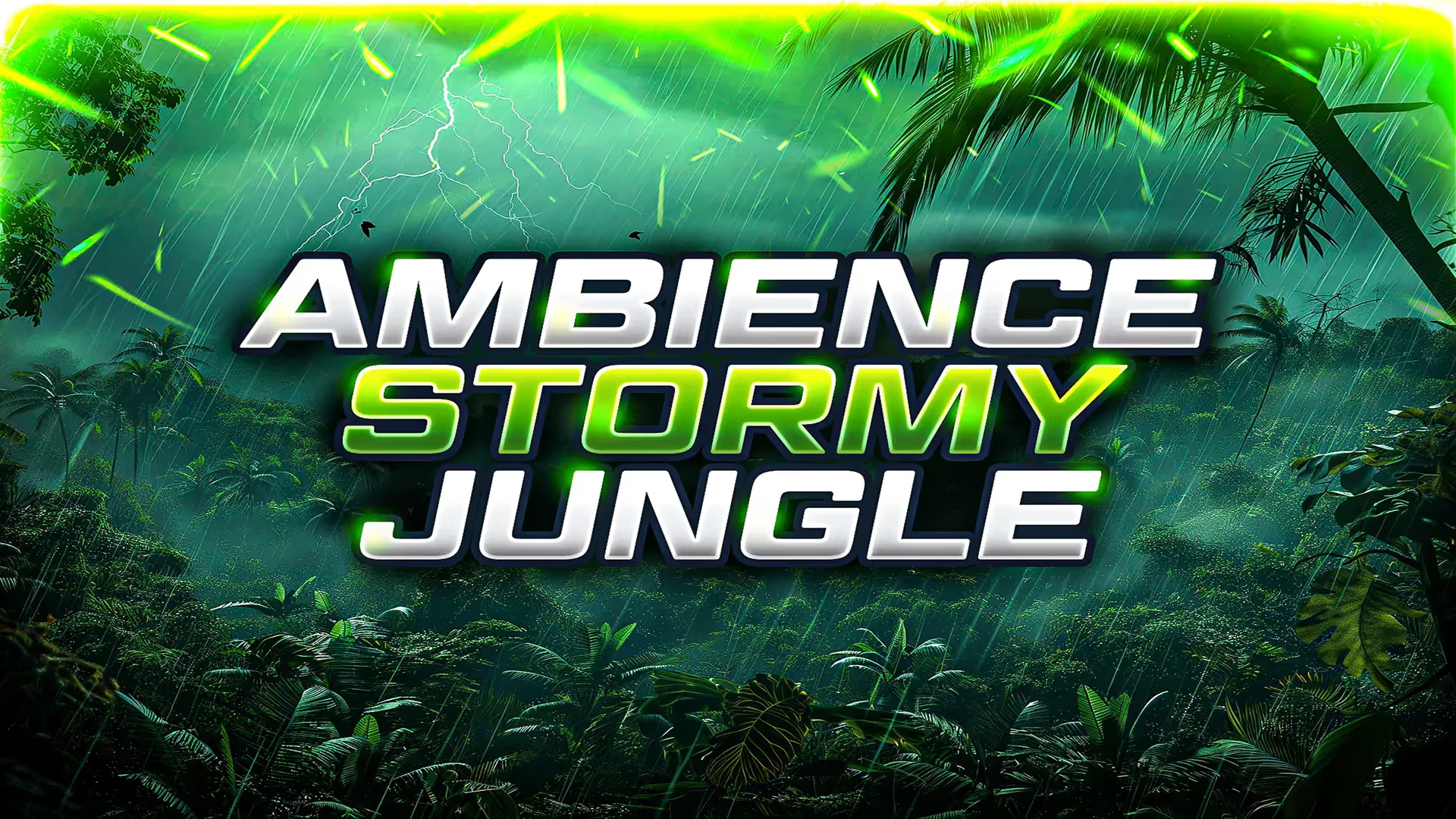
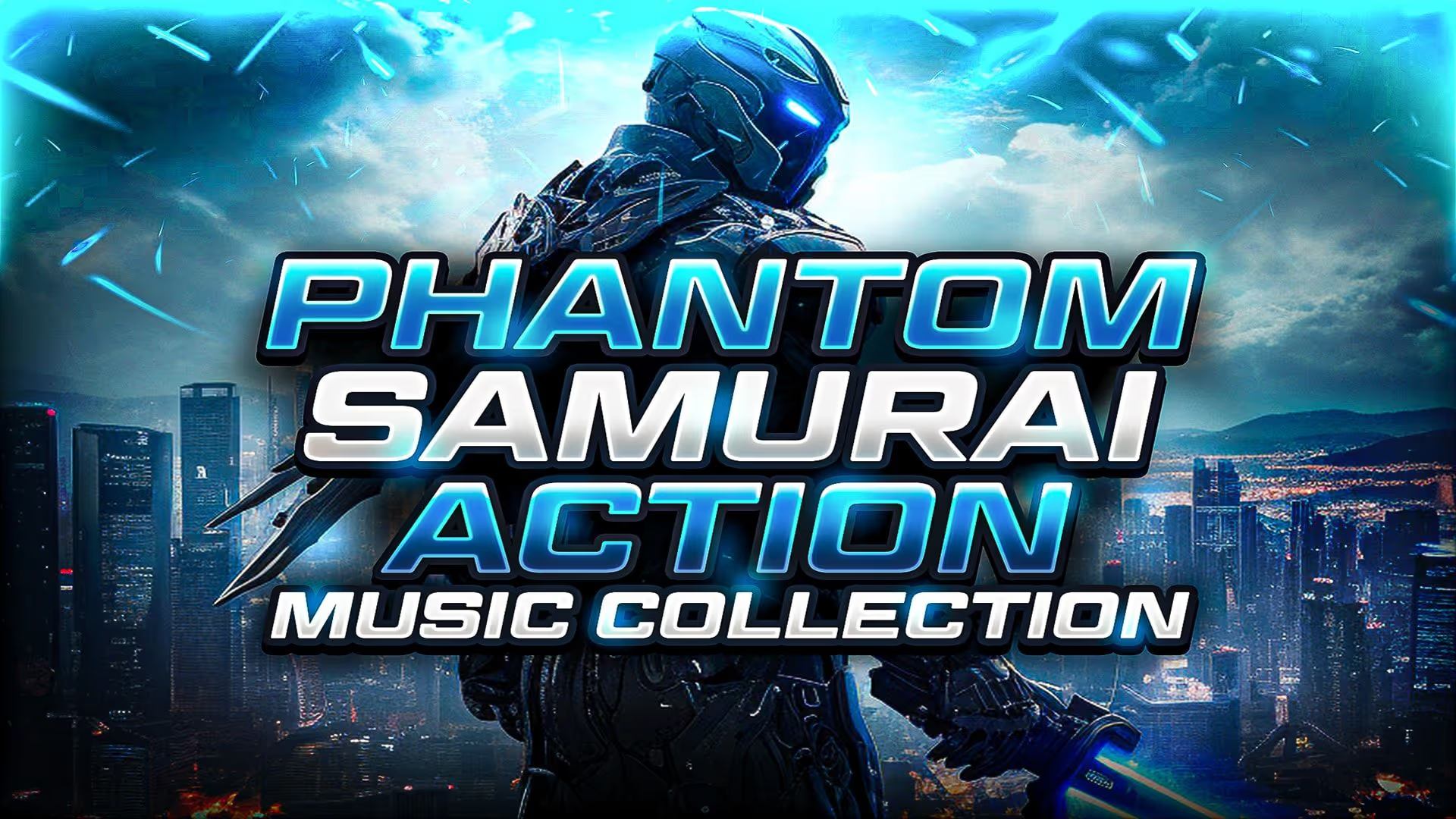
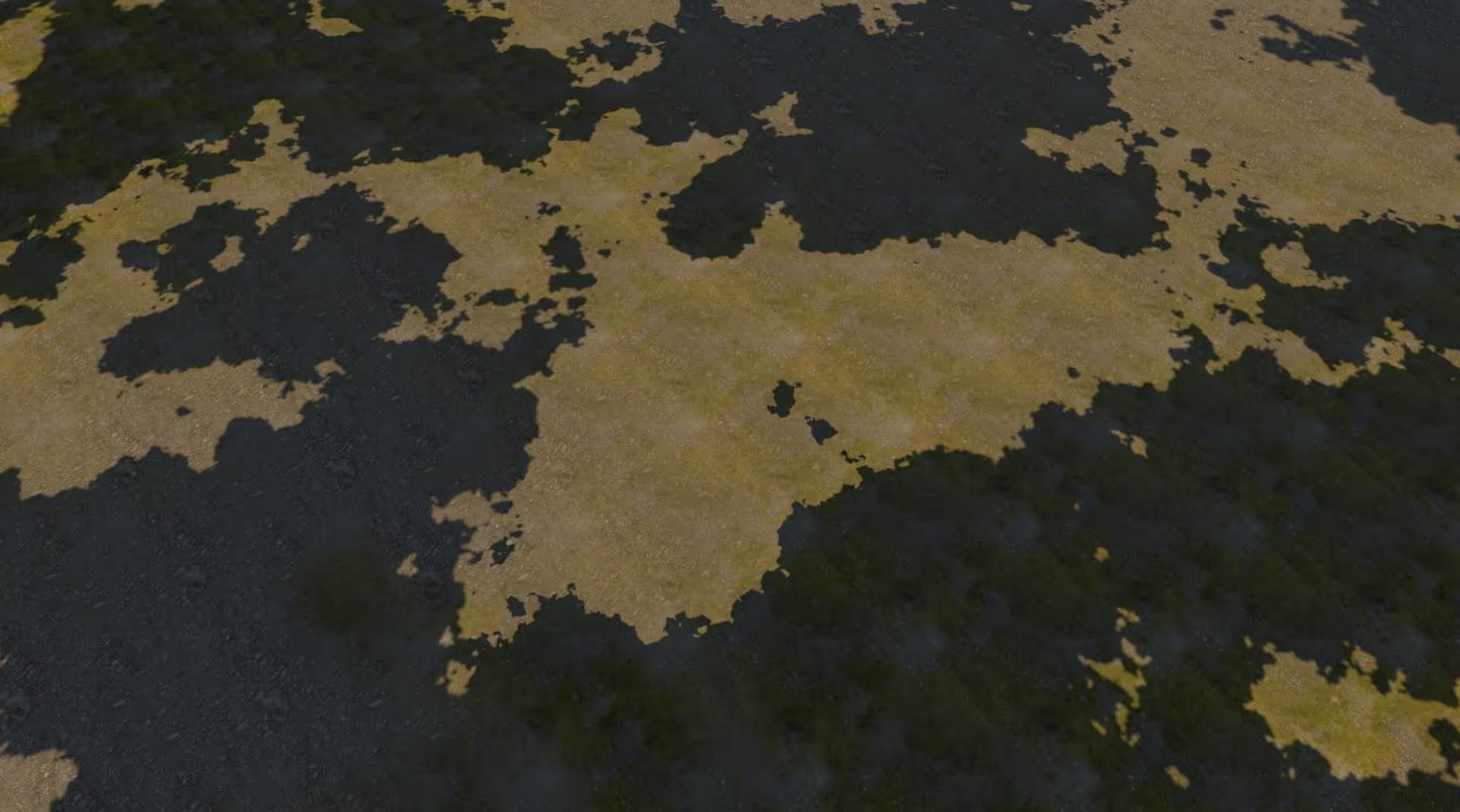

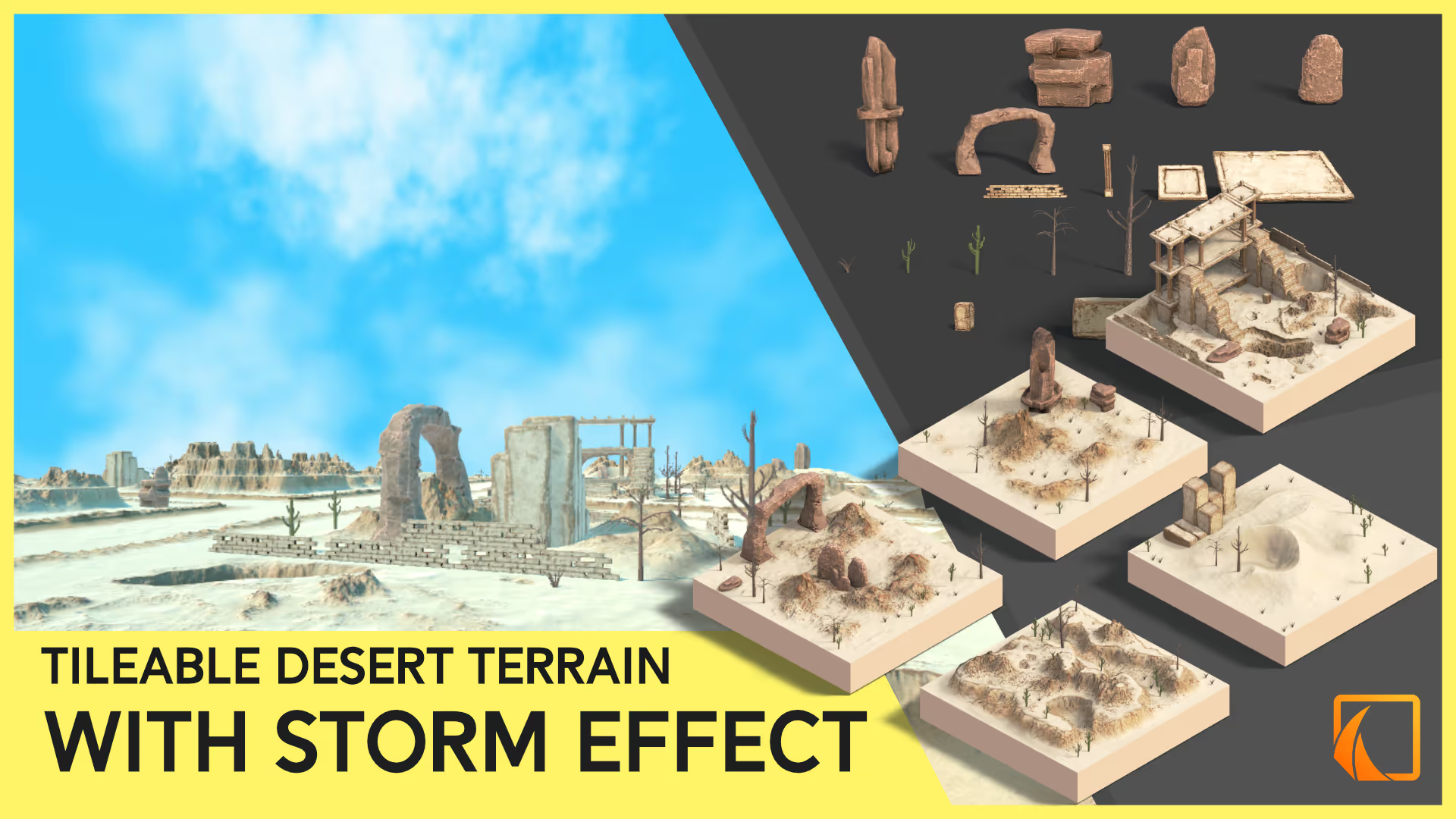
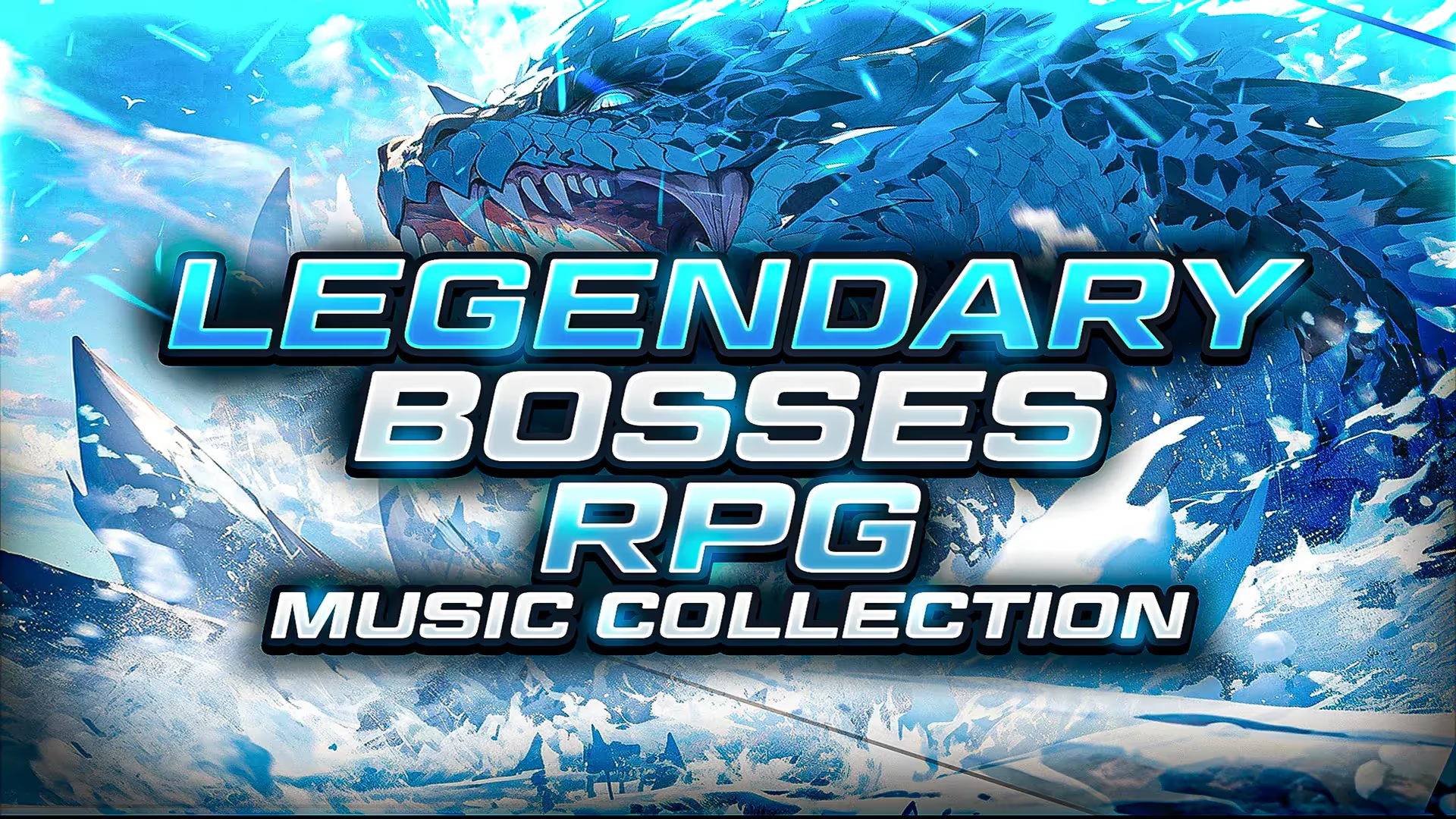

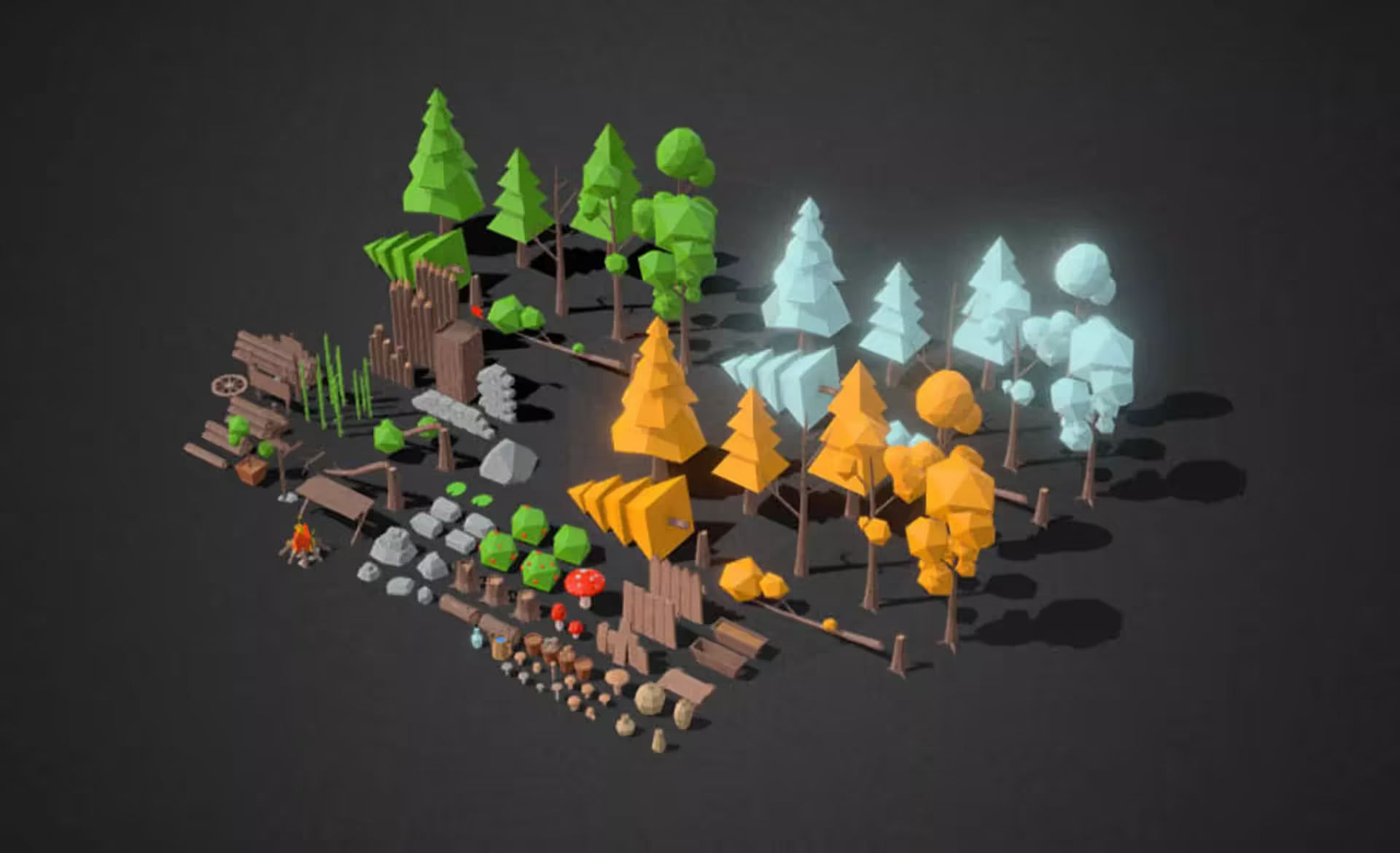
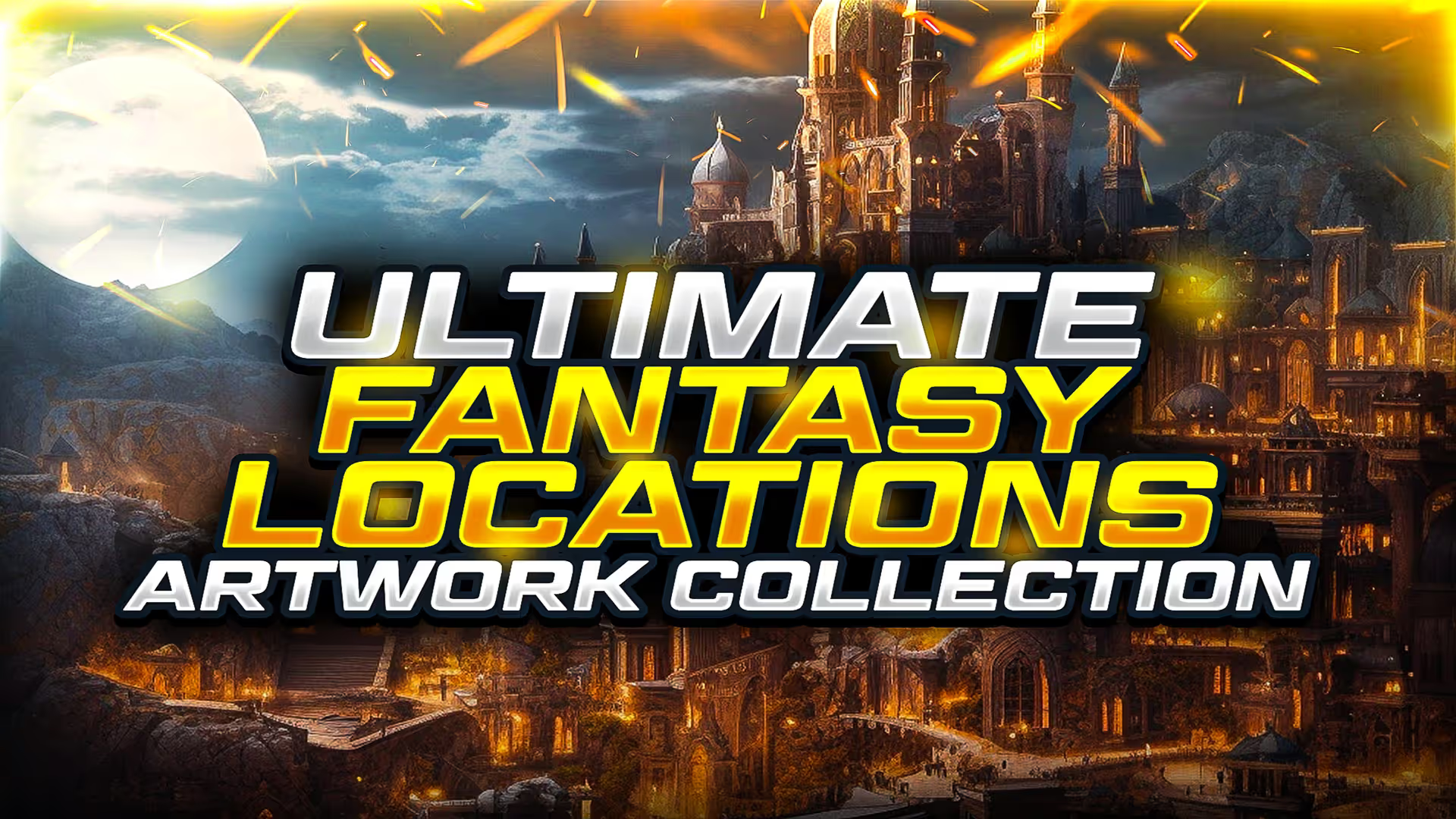
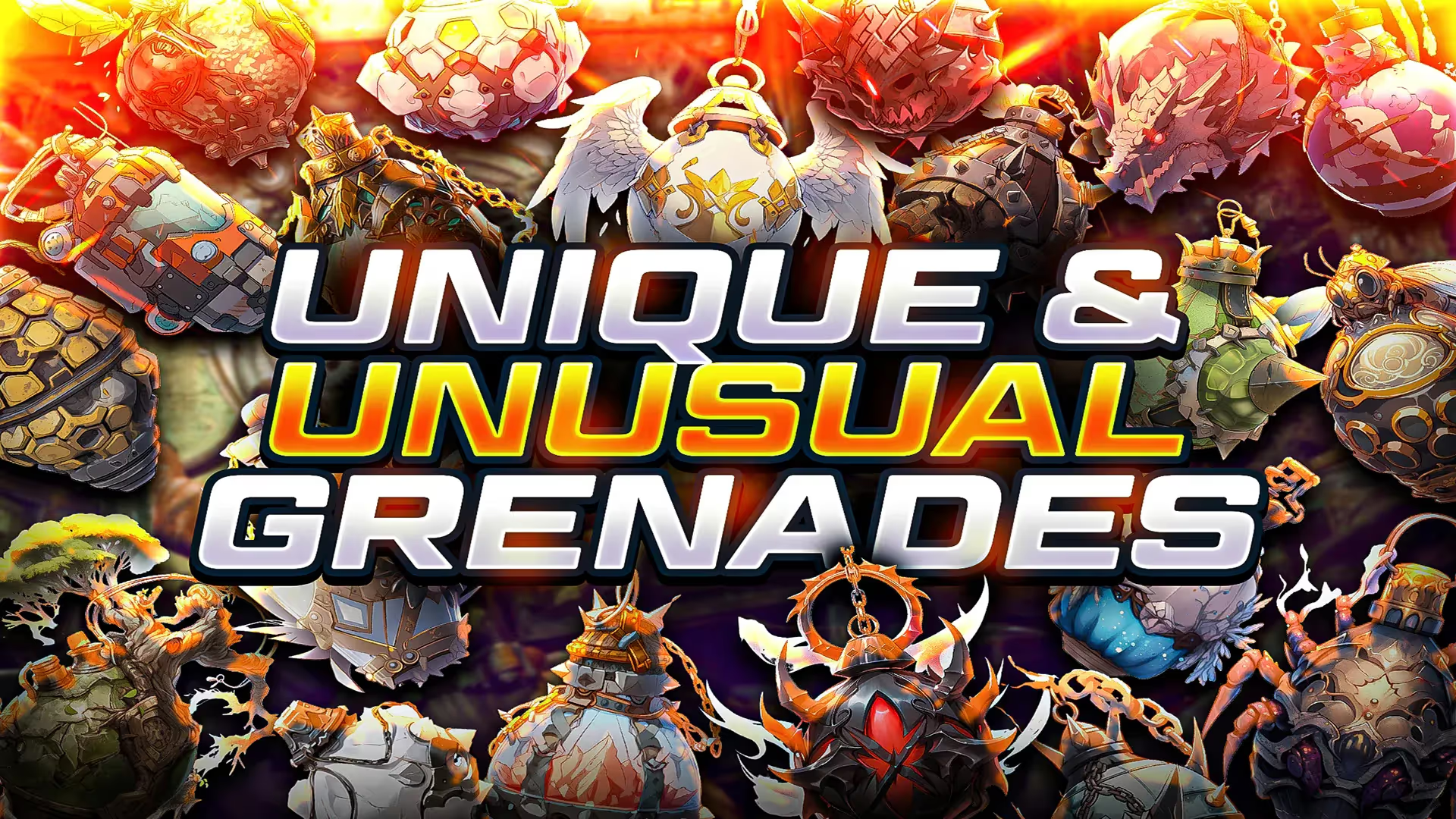

.avif)
.avif)
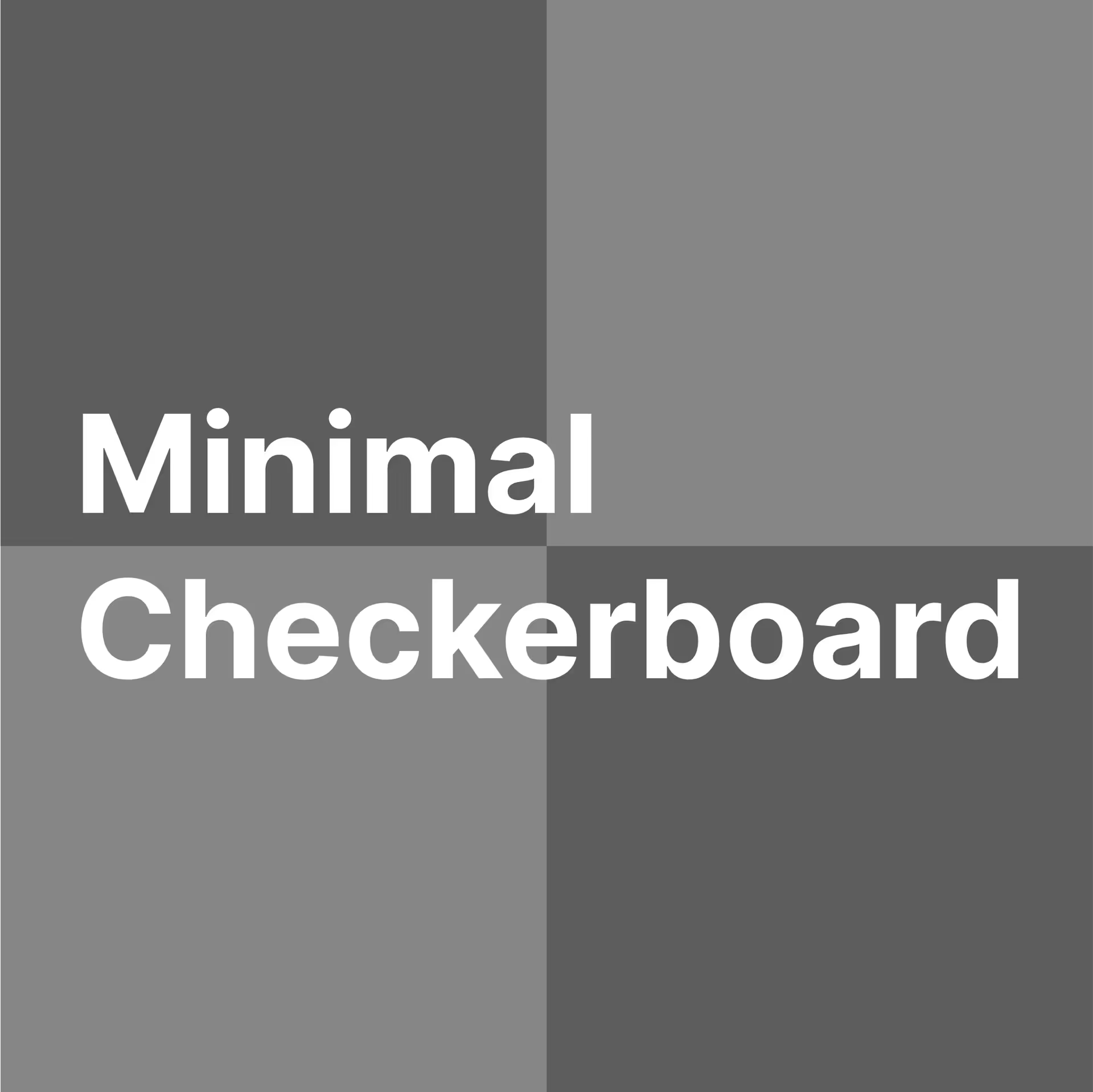
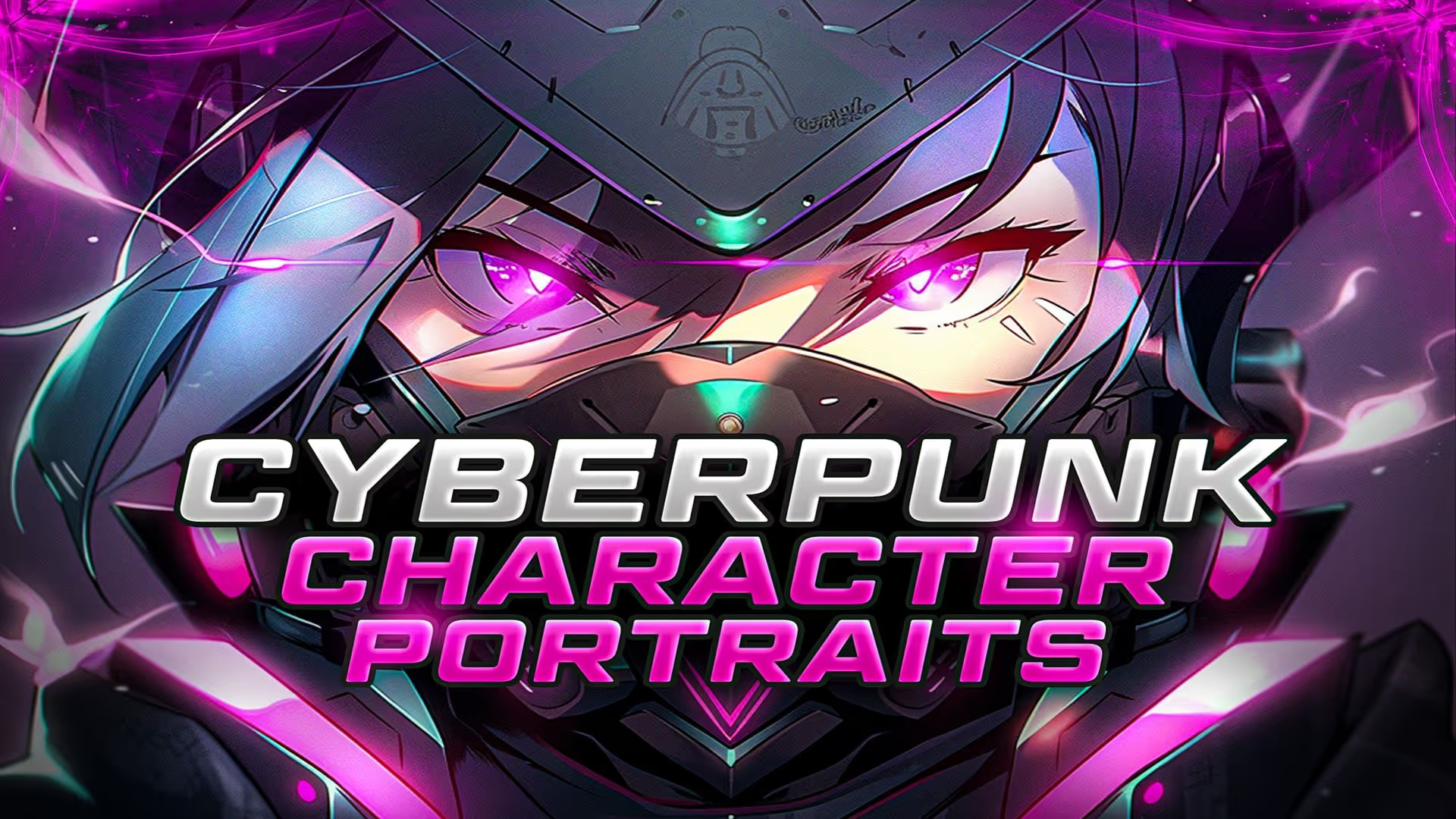
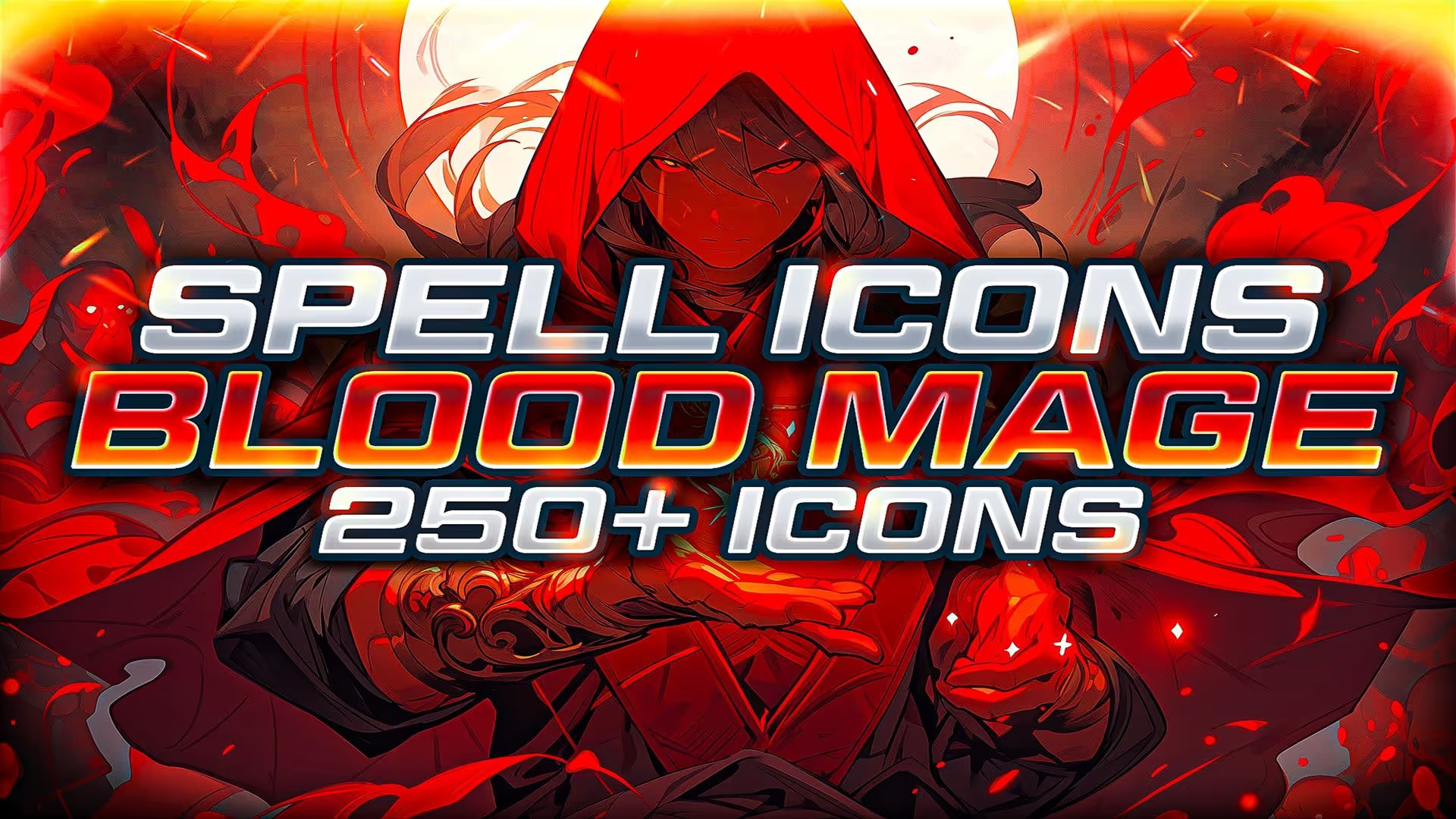
.avif)
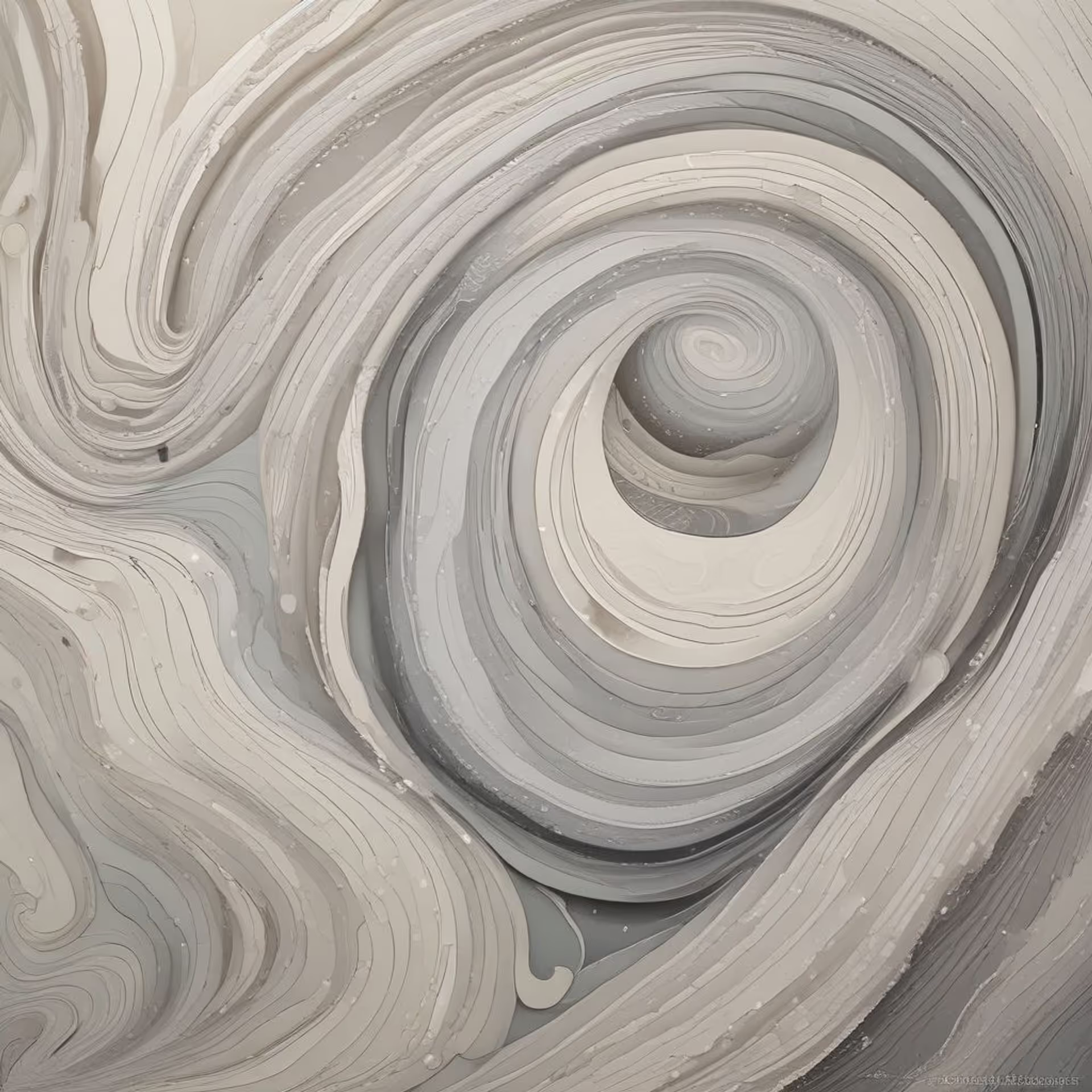
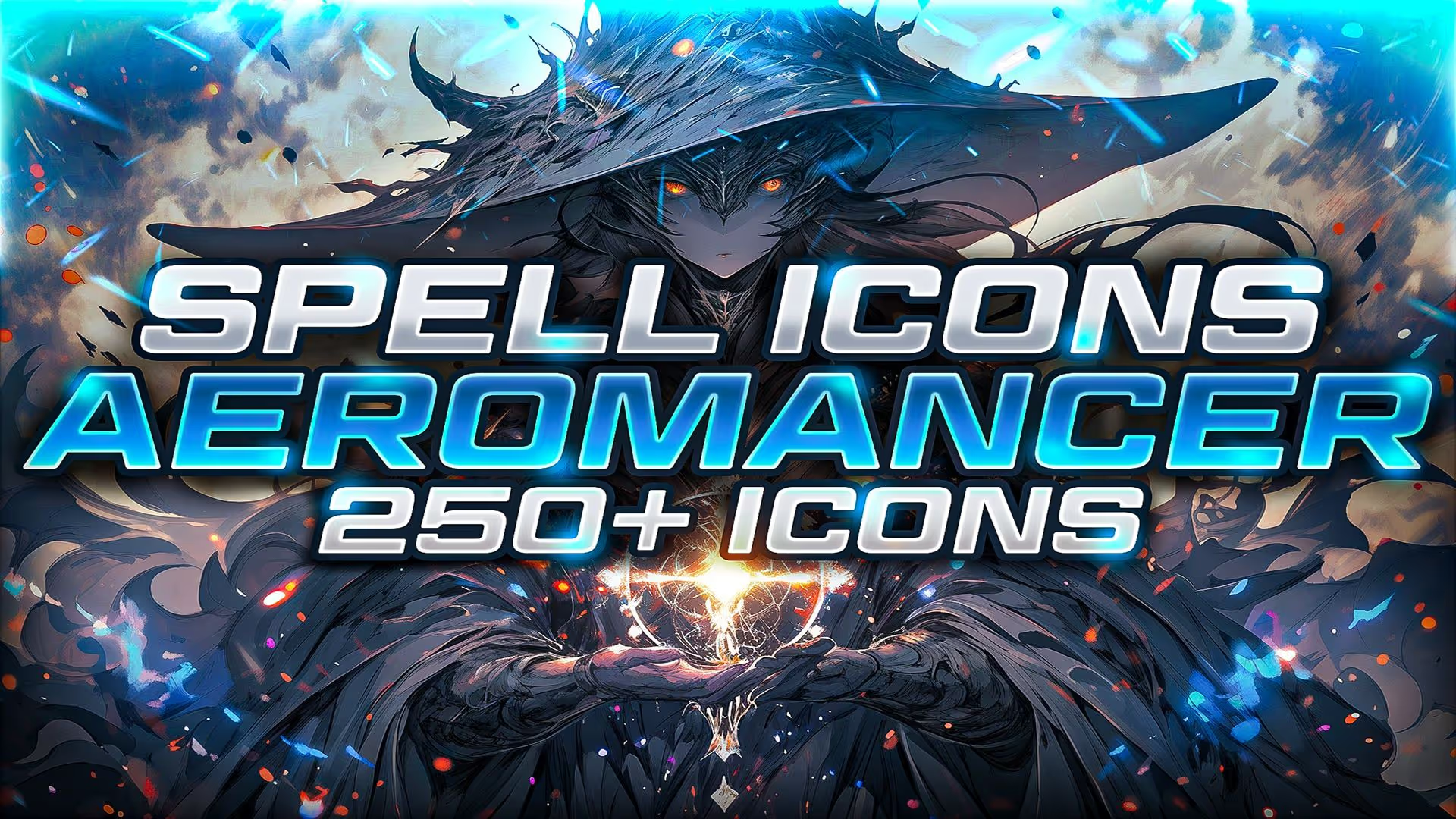

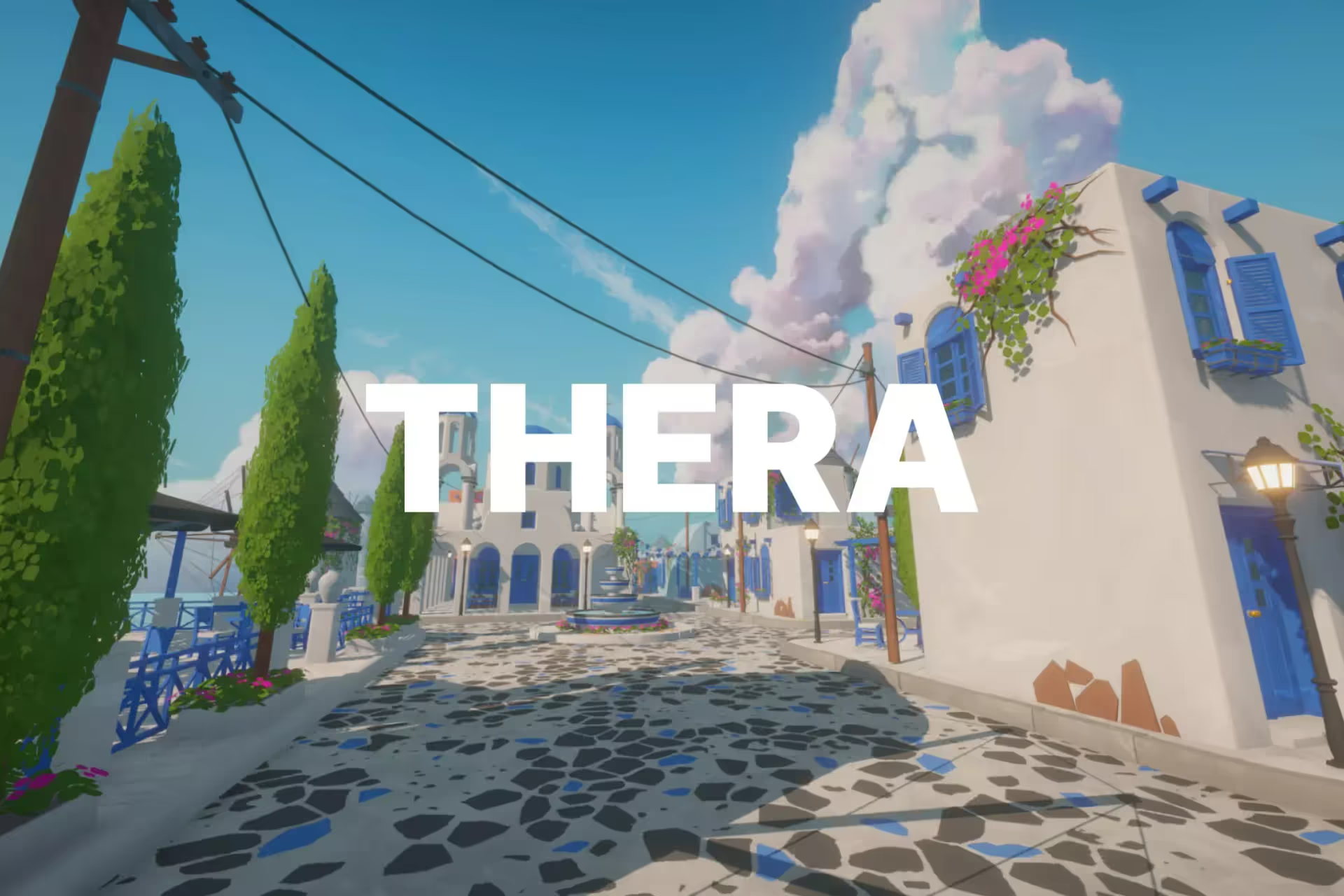
.avif)
